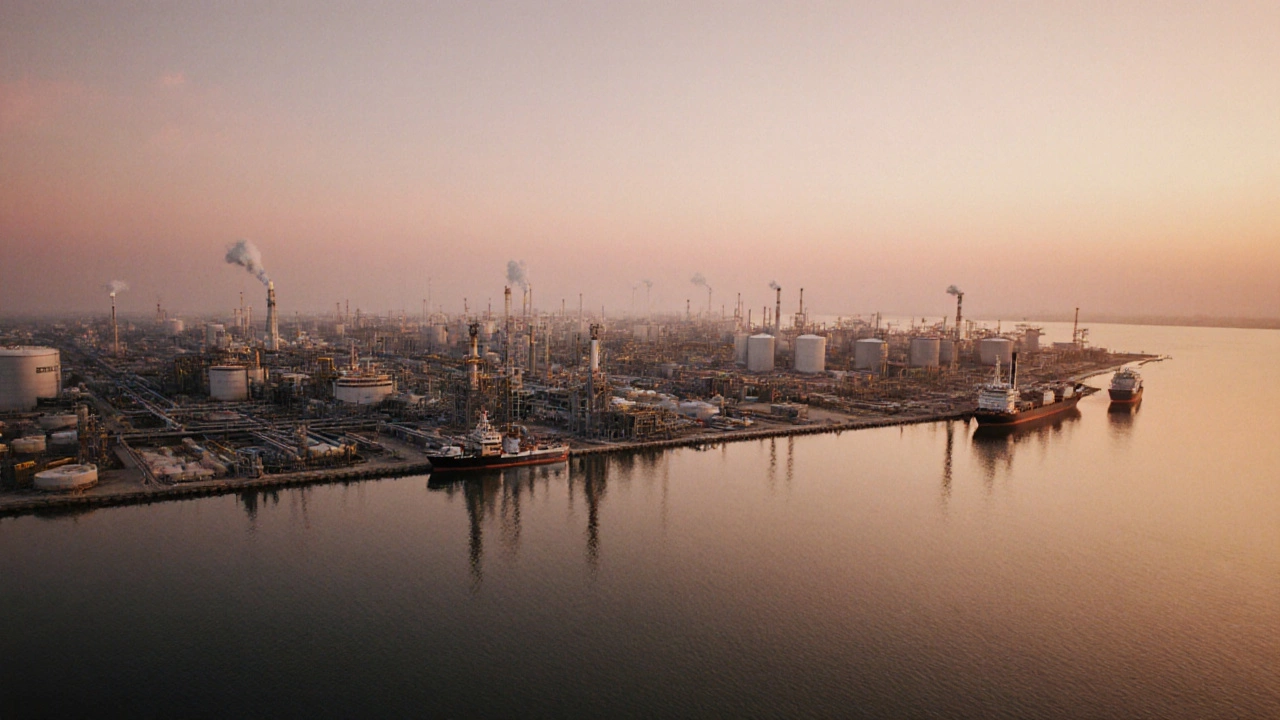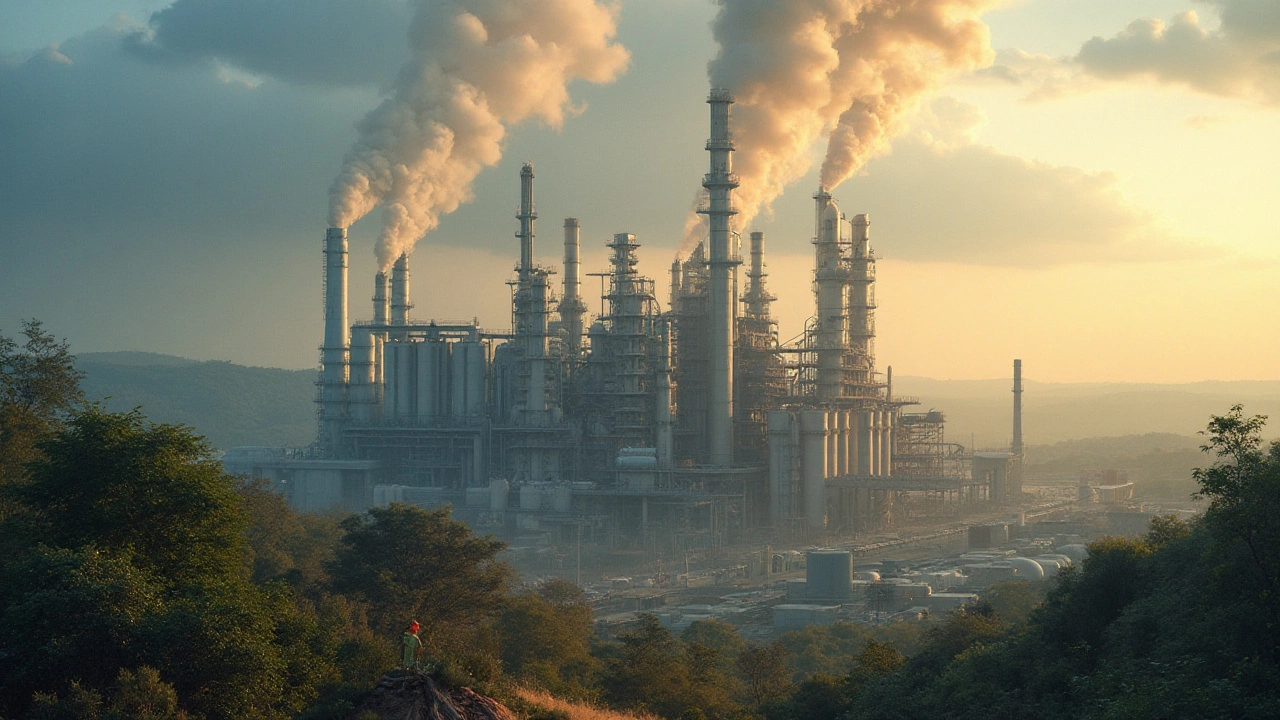Chemical Industry India – What’s Happening and Why It Matters
India’s chemical industry is one of the fastest‑growing manufacturing segments in the country. With a turnover of over $100 billion, it fuels everything from fertilizers to medicines. If you’re wondering whether this sector is worth your attention, the answer is a clear yes – the numbers, the jobs, and the export potential all point to a booming market.
Key Growth Drivers Behind the Boom
First, the government’s Make‑in‑India push has turned the chemical sector into a priority area. Tax incentives, easier land permits, and a focus on value‑added exports have lowered the entry barrier for new players. Second, a steady supply of raw materials – especially petrochemicals from domestic refineries – keeps production costs competitive against China. Third, rising domestic demand for agro‑chemicals, specialty polymers, and pharmaceuticals pushes companies to expand capacity.
Another factor you can’t ignore is the link to the pharma industry. India’s reputation as the “pharmacy of the world” rests on a strong base of active‑ingredient (API) manufacturers, many of which operate within the broader chemical ecosystem. When a drug company needs a new API, it often turns to an Indian chemical plant that already has the expertise and certifications.
Challenges and the Road Ahead
Despite the upside, the sector faces real hurdles. Environmental regulations are tightening, which means plants need to invest in cleaner technologies or risk penalties. Water scarcity in key industrial zones also forces firms to adopt recycling and zero‑liquid‑discharge systems, adding to capital costs.
Talent shortage is another snag. While India produces many engineers, the specialized skill set for advanced chemical processes is limited. Companies are now partnering with technical institutes and offering on‑the‑job training to bridge the gap.
Looking ahead, the next five years will likely see a shift toward specialty chemicals and green solutions. Global buyers are willing to pay a premium for low‑carbon footprints, so firms that adopt renewable energy and bio‑based feedstocks could capture new markets.
If you’re considering entering the chemical space, start by mapping out the sub‑segments that match your expertise – whether it’s polymers, fertilizers, or fine chemicals. Evaluate the local supply chain, check the regulatory requirements, and assess the availability of skilled labor. A focused pilot project can help you test the market before committing to a full‑scale plant.
In short, India’s chemical industry offers a mix of scale, policy support, and market demand that makes it attractive for investors and entrepreneurs alike. By understanding the growth drivers, tackling the challenges head‑on, and keeping an eye on emerging trends, you can position yourself to benefit from one of the country’s most dynamic sectors.

Which City in India Is Famous for Chemical Industry? Top Chemical Manufacturing Hub Explained
Gujarat, especially Dahej and Jamnagar, is India's top chemical manufacturing hub, home to Reliance Industries and over 40% of the country's chemical output. Learn why this region dominates chemical production and exports.

The Dominance of Sulfuric Acid: King of the Chemical World in India
In the bustling landscape of India's chemical industry, sulfuric acid has earned a regal status as the 'King of Chemicals.' This versatile compound is a cornerstone for numerous applications, ranging from fertilization to industrial cleaning. Understanding its pivotal role in manufacturing and infrastructure helps to appreciate the breadth of its influence. The article delves into its significance, production, and its impact on the economy.

